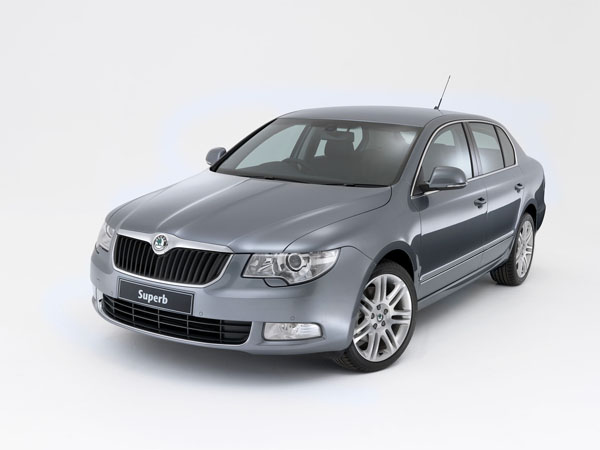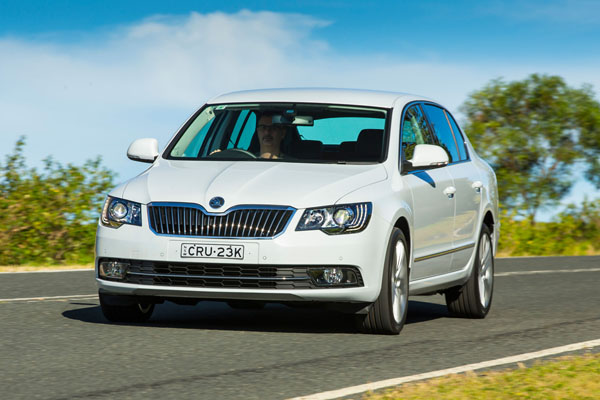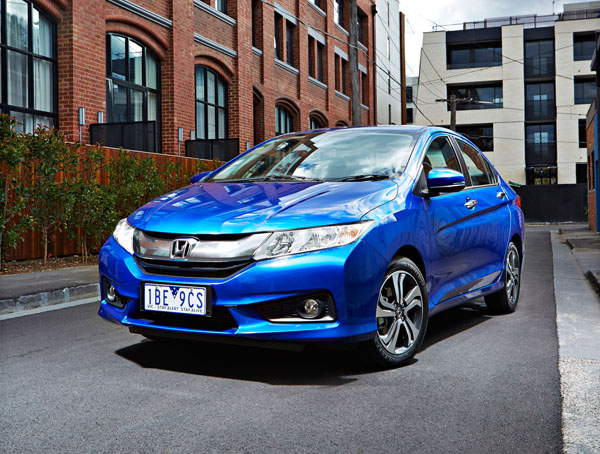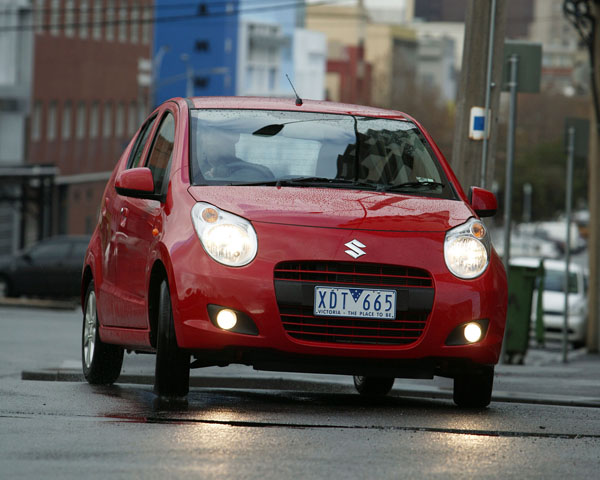For some inexplicable reason Skoda continues to be the most overlooked marques on the Australian market. This simply doesn’t make sense because the Czech manufacturer is one of the World’s oldest, is now part of the giant Volkswagen Group, and produces some excellent cars well suited to Australian driver’s needs and our local conditions.
Skoda Superb is a classic example. It’s a large car that’s longer than the Commodore and Falcon, indeed it’s more in the Caprice, Fairlane range and has limousine-size rear legroom. However, it’s narrower than the big Aussie cars and while it can easily accomodate a couple of hulking teenagers, three abreast is stretching the friendship.
The Superb sedan / hatchback arrived in Australia in May 2009. Push one button and a conventional bootlid opens. Close the bootlid and push a different button and a large rear hatch opens. Sounds a bit gimmicky? Perhaps but there are times when you’ve got passengers in the back seat and it’s pouring rain outside and you don’t want to open a hatch to load luggage.
May 2010 saw the launch the large Skoda Superb station wagon. Like the sedan it’s big, the wagon boasts a cavernous 633-litre boot with all seats in use and 1865 litres with the second row seats folded.
The new model of April 2016 was lighter and stronger than the one it replaced. This time the innovative sedan / hatchback rear was replaced by a boringly predictable hatchback.
There are some clever features; a rear passenger door in the first series has a compartment for a folding umbrella. The new model of 2016 has two umbrellas, this time in more convenient locations, the front doors.
There’s a detachable torch housed in the tailgate of the wagon. It not only shines into the boot, but also illuminates the area outside the back of the vehicle. The torch is automatically recharged when in its cradle.
Ride and handling show typical European characteristics, with the Superb having a solid feel, however, some may find the ride slightly too firm, particularly on rough roads. But keen drivers will appreciate the handling and the relatively neutral feel of the chassis.
The most common powertrain in the Superb is the VW 2.0-litre TDI turbo-diesel engine linked to a DSG double-clutch gearbox. (See note in the What to Look For section of this report for emission cheating information.)
The DSG has the failing of being awkward at very low speeds on light accelerator pressure. Try for yourself during your test drive, the later the DSG the better it is.
Other engine options in the earliest models surveyed here are a four-cylinder 1.8-litre petrol and a 3.6 litre V6 in the 4×4 model. The six-cylinder is a delight to sit behind, smooth and torquey. The new 2016 model only has 2.0-litre powerplants. However these come in two different stages of tune in the petrol unit, one a hot 206 kW version with all-wheel drive. There’s also a turbo-diesel 2.0.
Most have front-wheel-drive but the V6 has all-wheel-drive. AWD was also an option on some four-cylinder diesels.
The bad news is that there aren’t a lot of Skoda dealers in Australia and those that do exist are chiefly in the major metro areas.
The good news is that most of the Superb’s out-of-sight parts are shared with Volkswagen and Audi vehicles so getting spares, servicing and repairs is less likely to be a hassle than you would expect.
These are relatively complex vehicles and amateur mechanics should only do basic servicing. If you do wish to tackle more difficult jobs it makes sense to get hold of a workshop manual.
As always, please leave anything related to safety to the experts.
Insurance premiums are wider spread than usual, possibly because the numbers sold are too small to have built up a steady body repair history. So it makes sense to shop around for insurance, but make sure you do accurate apples-with-apples comparisons.
WHAT TO LOOK FOR
Skoda has been caught up in the Volkswagen Group emission cheating scandal. Cars with the 2.0-litre four-cylinder diesel may be defective. Get onto www.skoda.com.au/dieselinfo and enter the car’s VIN (Vehicle Identification Number) which is visible from the outside of the windscreen on the passenger side.
The six-speed DSG automatic transmissions were troublesome unit. Some Superbs may have had the DSG replaced altogether, check the service books. Repairs can be expensive.
During your test drive check it doesn’t jump from gear to gear unnecessarily, or even slip into neutral for no reason.
Seven-speed DSGs don’t seem to have the same problems as the six-speed units but it’s still smart to have a professional check it.
Check that all electrical items work correctly as there have been problem cars. The best way it to use the owners’ handbook and run through everything step by step,
Look for signs of previous body repairs. The easiest to spot are ripples in the panels and tiny specs of paint on non-painted surfaces. If in doubt either skip the car or have a profession after-smash repair, preferably in a workshop.
Excessive wear and tear in the rear seat area and the boot may mean the Superb has led a hard life.
HOW MUCH?
Expect to spend from $7000 to $11,000 for a 2009 Skoda Super Ambition; $9000 to $13,000 for a 2012 Ambition; 11,000 to $15,000 for a 2009 Elegance or a 2013 Ambition; $13,000 to $18,000 for a 2011 Elegance; $15,000 to $22,000 for a 2014 Elegance; $18,000 to $25,000 for a 2014 Elegance; $22,000 to $31,000 for a 2016 Outdoor wagon; and $28,000 to $37,000 for a 2016 206 TSI.
CAR BUYING TIP
Looking for something a long way from the mainstream? These often sell for less than they should as used cars, but suddenly increase in price as they age because they’re unusual – or don’t… How’s your crystal ball?














